
Practical Discrete Mathematics. Discover math principles that fuel algorithms for computer science and machine learning with Python Ryan T. White, Archana Tikayat Ray
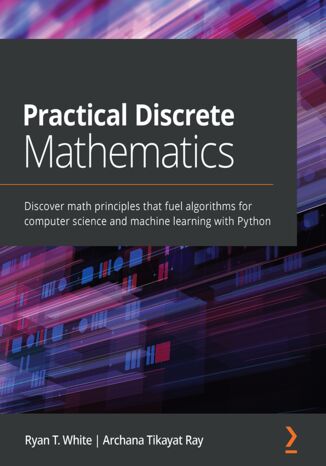



- Autorzy:
- Ryan T. White, Archana Tikayat Ray
- Wydawnictwo:
- Packt Publishing
- Ocena:
- Stron:
- 330
- Dostępne formaty:
-
PDFePubMobi
 opcje wysyłki »
opcje wysyłki »
Opis
książki
:
Practical Discrete Mathematics. Discover math principles that fuel algorithms for computer science and machine learning with Python
Practical Discrete Mathematics is a comprehensive introduction for those who are new to the mathematics of countable objects. This book will help you get up to speed with using discrete math principles to take your computer science skills to a more advanced level.
As you learn the language of discrete mathematics, you’ll also cover methods crucial to studying and describing computer science and machine learning objects and algorithms. The chapters that follow will guide you through how memory and CPUs work. In addition to this, you’ll understand how to analyze data for useful patterns, before finally exploring how to apply math concepts in network routing, web searching, and data science.
By the end of this book, you’ll have a deeper understanding of discrete math and its applications in computer science, and be ready to work on real-world algorithm development and machine learning.
Wybrane bestsellery
Packt Publishing - inne książki
Dzięki opcji "Druk na żądanie" do sprzedaży wracają tytuły Grupy Helion, które cieszyły sie dużym zainteresowaniem, a których nakład został wyprzedany.
Dla naszych Czytelników wydrukowaliśmy dodatkową pulę egzemplarzy w technice druku cyfrowego.
Co powinieneś wiedzieć o usłudze "Druk na żądanie":
- usługa obejmuje tylko widoczną poniżej listę tytułów, którą na bieżąco aktualizujemy;
- cena książki może być wyższa od początkowej ceny detalicznej, co jest spowodowane kosztami druku cyfrowego (wyższymi niż koszty tradycyjnego druku offsetowego). Obowiązująca cena jest zawsze podawana na stronie WWW książki;
- zawartość książki wraz z dodatkami (płyta CD, DVD) odpowiada jej pierwotnemu wydaniu i jest w pełni komplementarna;
- usługa nie obejmuje książek w kolorze.
Masz pytanie o konkretny tytuł? Napisz do nas: sklep@helion.pl
Książka drukowana


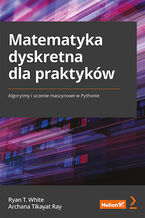



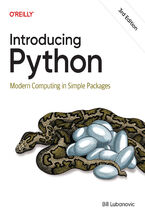


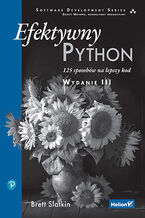
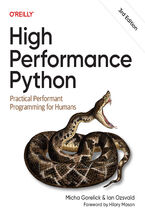
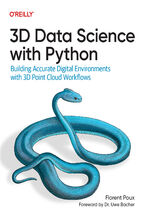

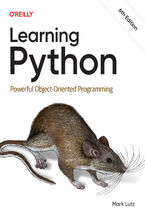






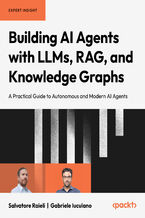

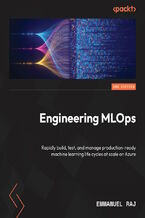

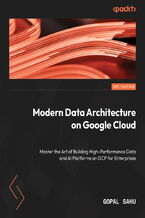
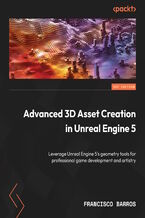
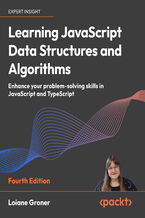
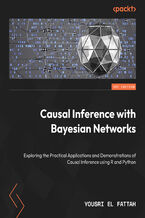
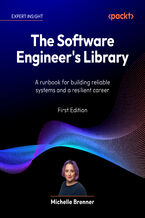




Oceny i opinie klientów: Practical Discrete Mathematics. Discover math principles that fuel algorithms for computer science and machine learning with Python Ryan T. White, Archana Tikayat Ray
(0)